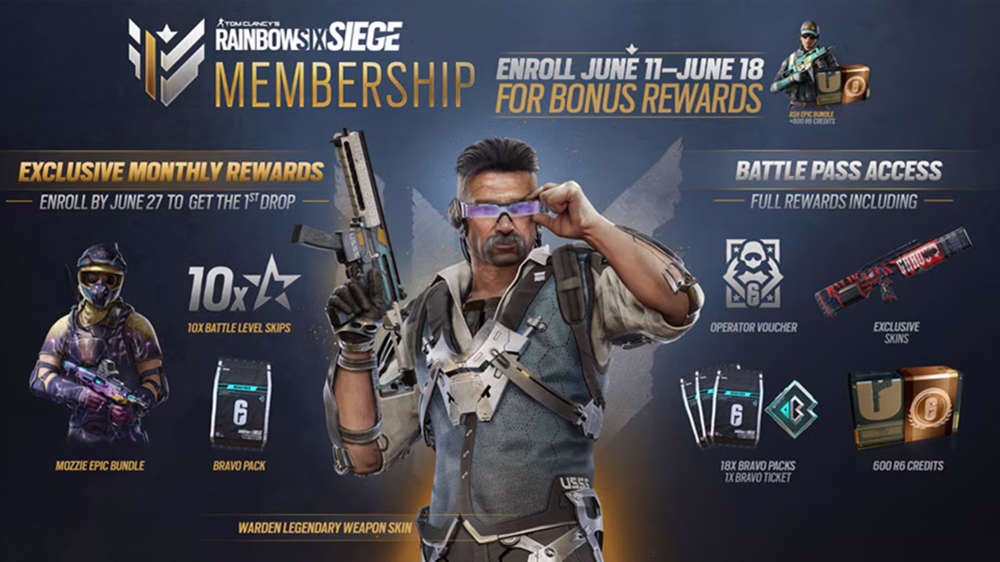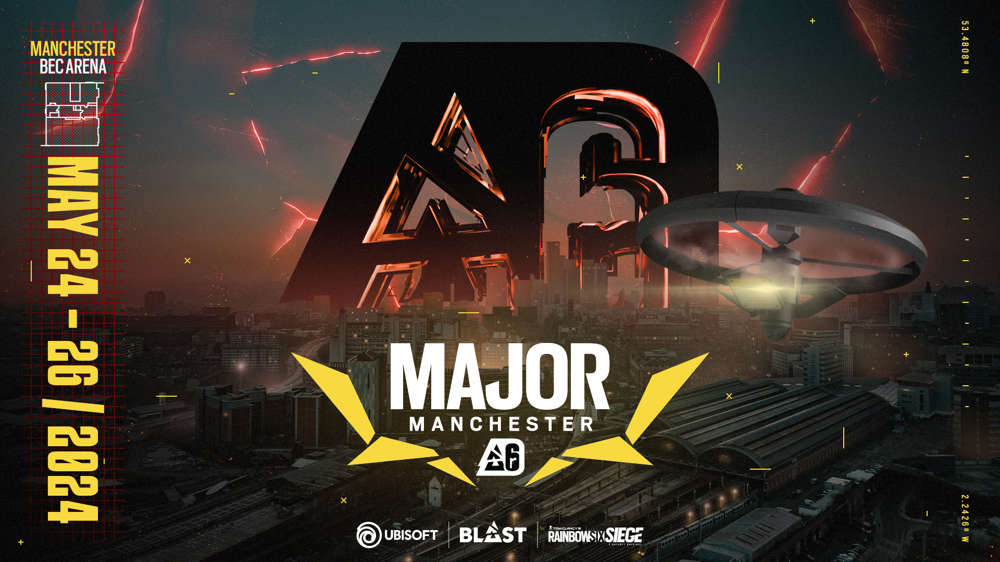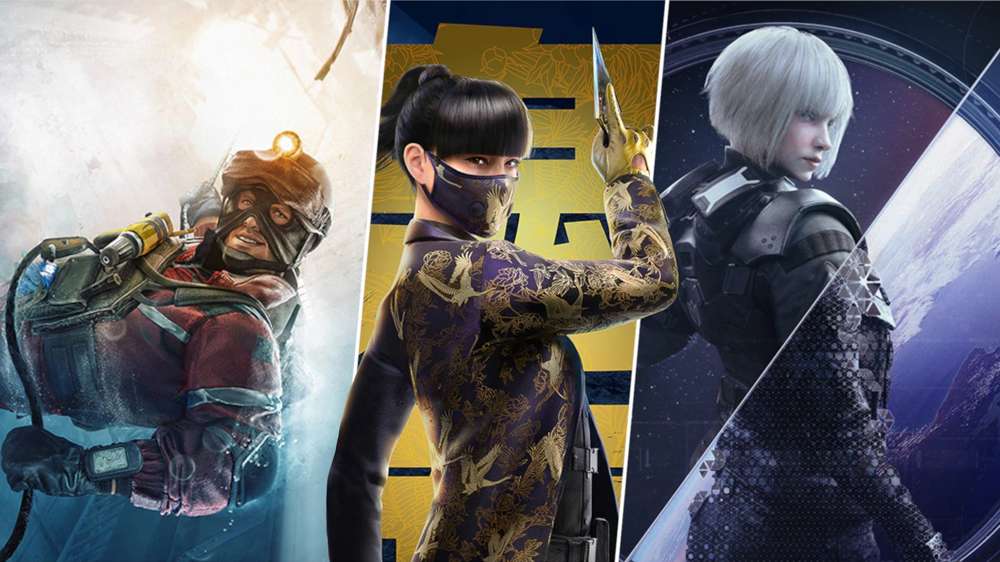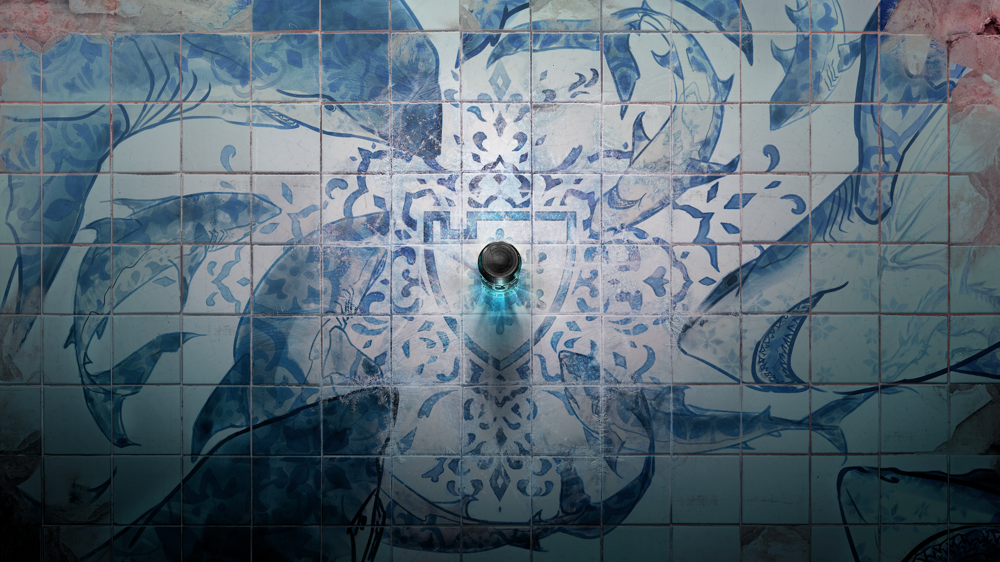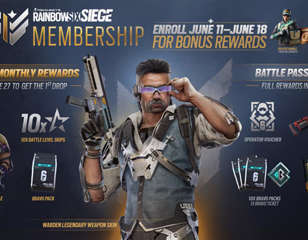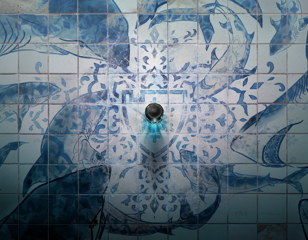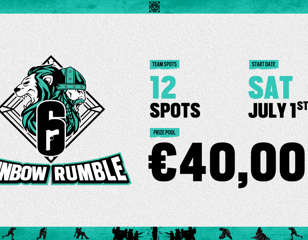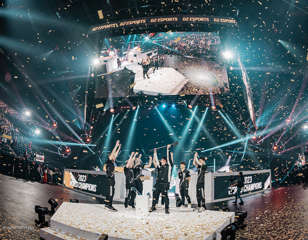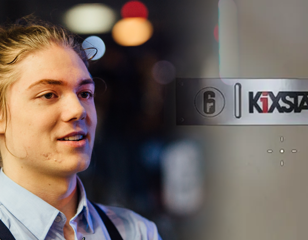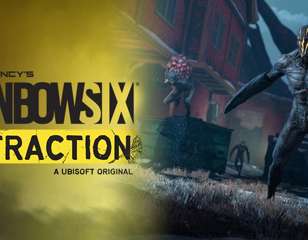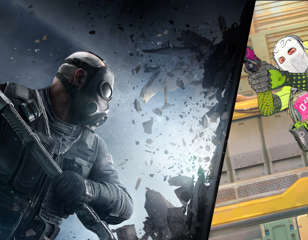Rainbow Six Siege's big play for its esports future
We spoke to some of the key personnel behind Rainbow Six Siege's new BLAST esports partnership, and the potential for Siege esports to stick around for another ten years.

Lloyd Coombes
28th Feb 2023 16:32
Images courtesy of Ubisoft
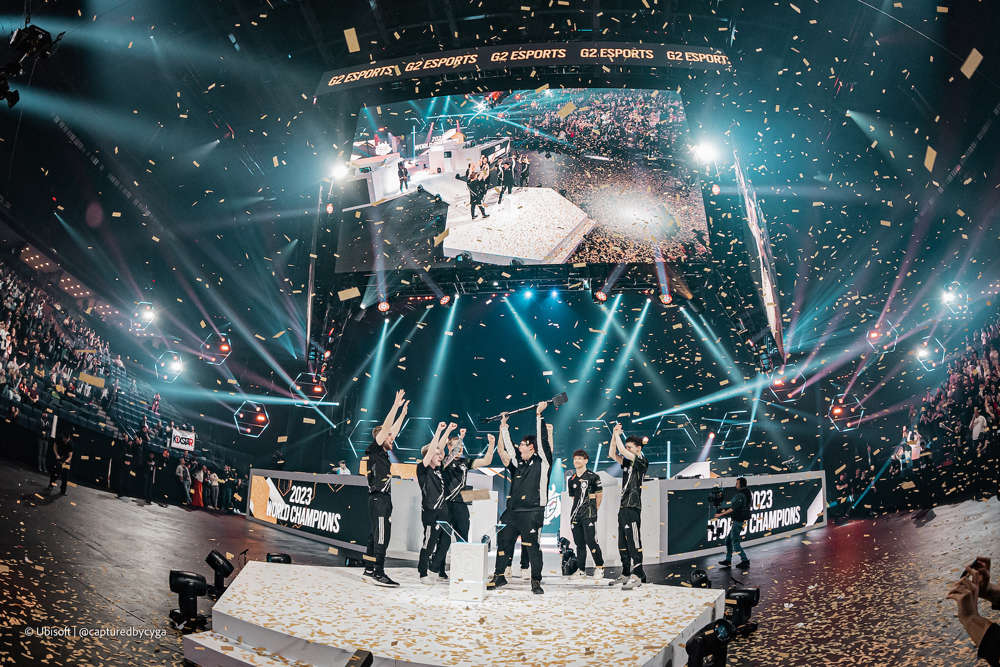
It’s been over 7 years since Rainbow Six: Siege launched, but you’d hardly be able to tell at the main event of the game’s esports calendar, the Six Invitational.
While on Friday there were some gaps in the crowd in Place Bell, Montreal, on Saturday and Sunday, the arena is packed and thunderous. G2 would go on to win the competition, the last in its current format before shifting to a new partnership between developers Ubisoft and incoming tournament organisers, BLAST.
So how does a tactical shooter that launched the same year as Star Wars: The Force Awakens and Drake’s Hotline Bling stay relevant in both its seasonal updates and its esports competition? And can it continue?
Having a BLAST

“From a BLAST perspective, it’s kind of what you as an organization dream of,” Nicolas Estrup, BLAST’s Chief Innovation Officer explains.
“That the two align [Siege’s game updates and Siege’s esports schedule] as much as they do here.”
Estrup is referring to Siege’s content calendar, which sees a quartet of content drops, almost like clockwork.
“The production calendar and the season schedule of the game is still in full alignment with our esports calendar,” Siege’s Esports Director Wei Yue reveals.
With Siege teams becoming burnt out from the constant competition, however, Ubisoft and BLAST are shaking things up by extending the game’s off-season.
“The off-season is basically the second season of the year, and we will have third-party events there,” says Yue.
“And then the third season within the game is in alignment with the second stage, which concludes with the second major.”
“That's something we've been working on with our players, and our organizations based on their feedback.”
“Even though there was a small off-season period, there were still regional finals, last chance qualifiers, so it was really nonstop”.
Naturally, Ubisoft is hoping this means more viewers per Major, too.
“The extended majors are where the international clashes happen, where all eyeballs on Siege,” Yue explains, pointing at the new regional structure as evidence of Ubisoft’s confidence in Siege.
All around the world
One of the latest regions is Brazil, which has been split off from the main LATAM region. I asked if that was perhaps down to Siege being so popular in Brazil that it simply makes it a little easier for other teams to qualify for the Majors and the Six Invitational as part of the new BLAST model.
“They [Brazil] were one of the founding regions for Siege, and you can see they're exporting players now to different regions. We have them in North America, we have them in Europe. They're such a strong country,” Yue explains.
“On the other hand, Latin America has been getting stronger and stronger, but then they've been blocked by Brazil.”
Mohammed Benhenneda, Siege’s Business Strategy and Live Performance Director, says that Brazil becoming a region in its own right will also help it grow even stronger, along with MENA.
“With our BLAST partnership, we're growing there, so it's really about finding our core communities and building with BLAST.”
Still, what about the teams that have left Siege esports in recent months? TSM exited the circuit earlier this month following failure to qualify for the Six Invitational, with the former World Champions announcing plans to compete in Counter-Strike: Global Offensive this year instead – a game BLAST knows very well, and that has shown huge longevity.
“I think it goes back to the boldness of Ubisoft and BLAST collectively to create something that has longevity in it. It comes back to balance because balance is so much more than necessarily creating something purely for one aspect of the ecosystem, so there’s this idea of open play, but with the possibility of clashing with some of the biggest orgs in the world.”
“We firmly believe that this change will bring a lot of positivity to the ecosystem,” Estrup adds.
“I think there'll be a lot of people that'll be looking over to what we're doing over here and probably be like, well, hang on, let me get over on that grass,” he jokes.
Six Invitational 2035?
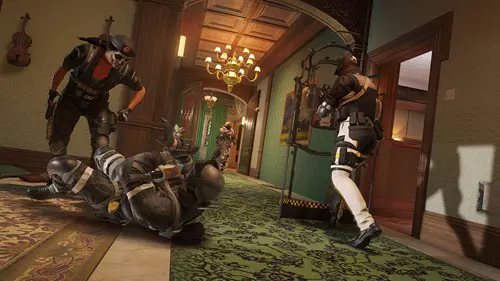
With Ubisoft’s ambitious plans for twenty years of Siege, how does that work alongside a backdrop of declining esports investment?
“We try to never look at a “one size fits all” type model,” Estrup explains.
“I think if we did that then everything would kind of fall apart cause it would feel the same, so what we try to do when we work with games at BLAST is to try to pick out learnings from anything else that we do.”
“I think the game and its output living in synergy with the esports output is a humungous differentiator. It’s a thing that is rare in the space and will completely differentiate what this ecosystem is versus others.”
Benhenneda chimed in on the idea of the Siege game and esports circuit developing in tandem.
“When there's a lot of discussion about bringing back Siege to “Year One”, people tend to forget now that the beginning of Siege was tough for the first couple of months,” he admits, alluding to the game’s middling critical reception in December of 2015.
“I think going further down the road where we're talking about another 10 years, we want to increase the intertwining of esports and content. We’re not going anywhere,”
Grassroots competition
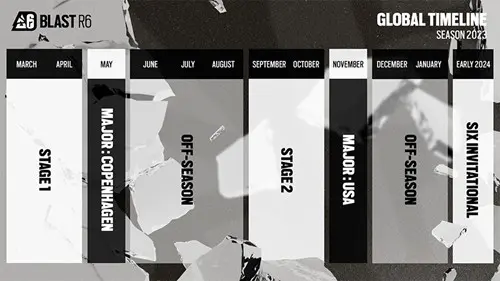
With Siege being around since before Overwatch, and launching just weeks after Call of Duty Black Ops 3, it’s not the easiest game to get into for newcomers – something the team is addressing with new onboarding updates as part of the Year 8 rollout.
“After eight years, the game is as difficult as ever to get into,” Benhenneda admits.
Pointing to new AI playlists that use machine learning to act like real players, he says the team wants to create a “safer environment” to learn the basics, with the hope of creating a new class of pro players in the future.
“Our esports aspect is the pinnacle of a player's journey within Siege, so as much as I don’t usually use the term casual, we don’t see it as a binary thing.”.
“For us, it's about finding a way to attract players that are interested in learning the core Siege experience.”
In the face of popular tactical shooters like VALORANT or CS:GO, notably free-to-play games, can Siege stand out?
“This core experience, we believe, is something that can be really, really competitive, but can also attract people that are just looking for a fun experience in a competitive environment. That's the balance that we're trying to strike,” Benhenneda explains.
Last Operator Standing?
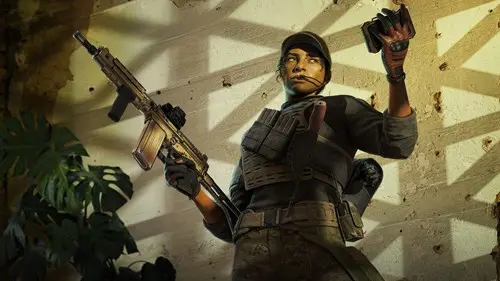
That core experience will grow, too – while we couldn’t get any confirmation on what’s coming beyond Siege’s current year of content, Wei Yue did leave us with a tease:
“I think year eight is going to be a great year, but year nine is going to be even more incredible,” he said.
Time will tell, but it seems reports of Siege’s demise have certainly been wide of the mark.
“Siege had its difficulty when we first came to the market,” Yue says, “but then everything turned around, and it became one of the most popular titles and back then we said, “Okay, we want to be here for 10 years” and that hasn't changed.”
“We still want to be here for the next 10 years, and we have a roadmap for that and it’ll translate to our esports as well.”
With new Operator Brava arriving in March, why not check out our guide, as well as our interview with Siege’s Creative Director about the next ten years of the shooter.

About The Author
Lloyd Coombes
Lloyd is GGRecon's Editor-in-Chief, having previously worked at Dexerto and Gfinity, and occasionally appears in The Daily Star newspaper. A big fan of loot-based games including Destiny 2 and Diablo 4, when he's not working you'll find him at the gym or trying to play Magic The Gathering.
